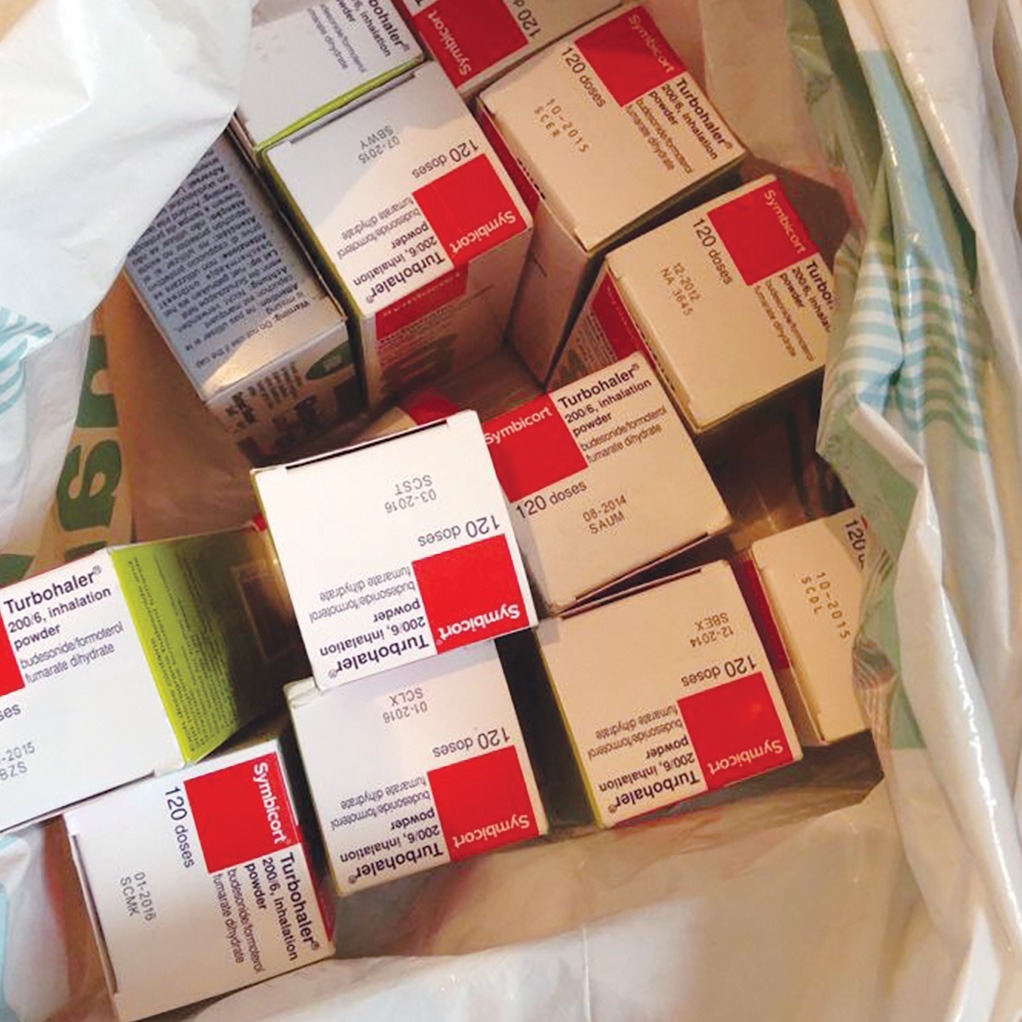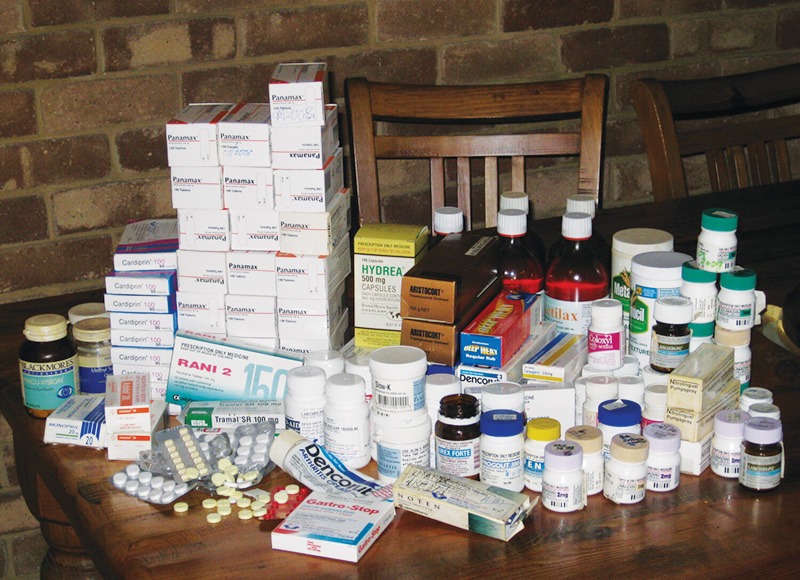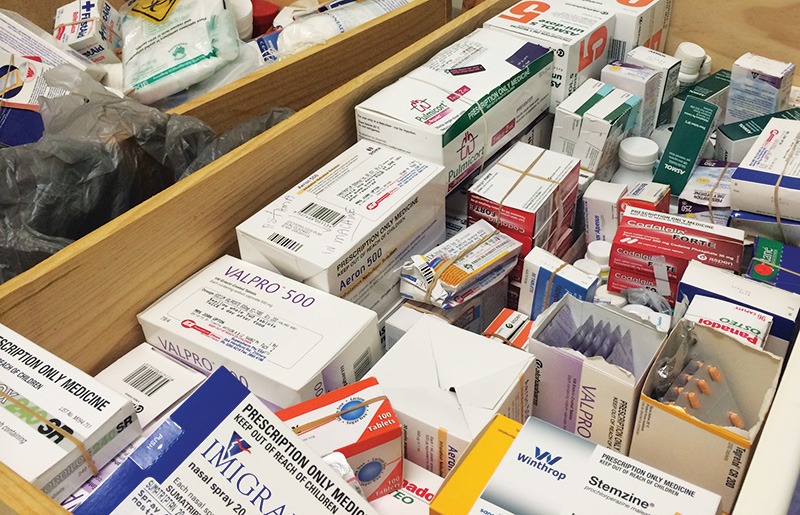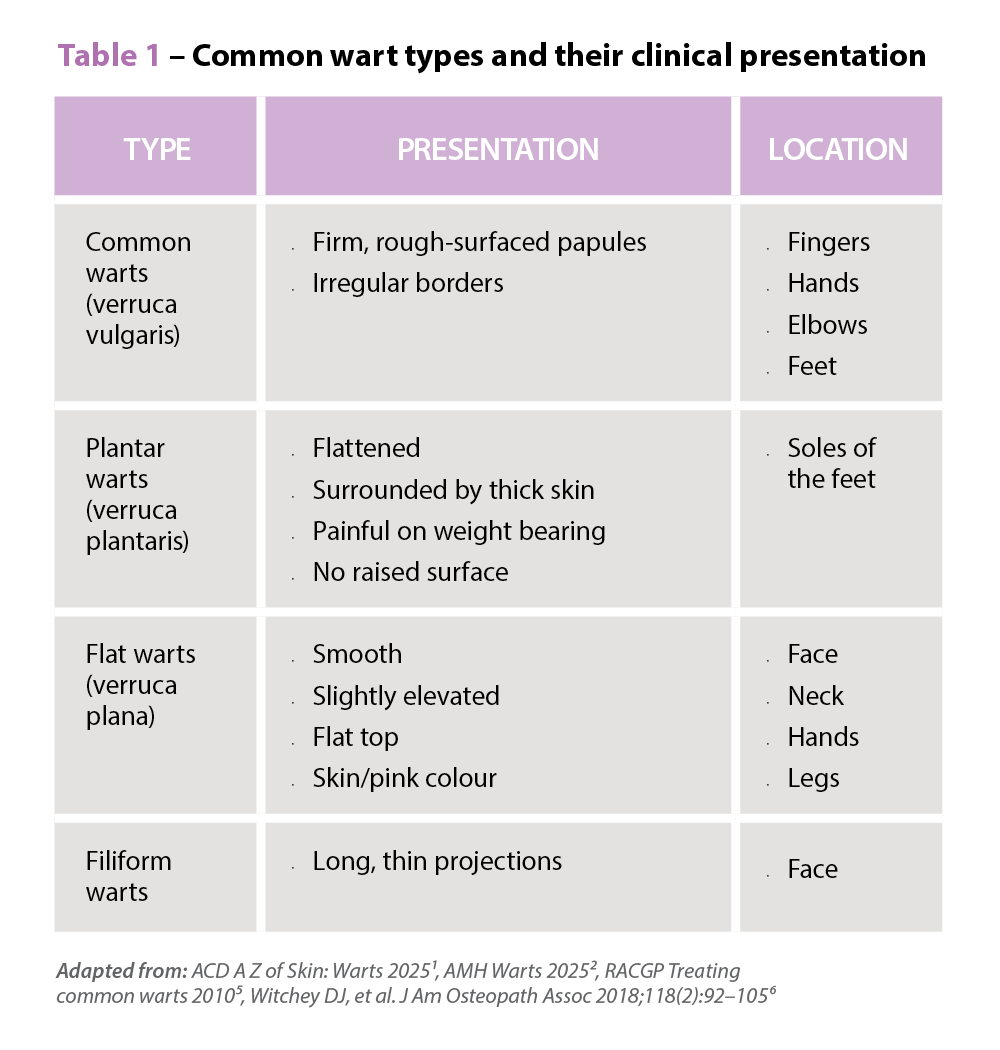Fear of shortages, treatment changes and misinformation often lead patients to stockpile, highlighting the need for clear communication and education.
Every pharmacist who has undertaken Home Medicines Reviews (HMRs) will have come across a cupboard (or two) full of expired medicines. And most pharmacists probably know of family and friends who judiciously stockpile prescription medicines ‘just in case’ for later use.
Common reasons for stockpiling may be rational, and include fear of product shortages, impending financial changes to medicine prices, patients coming to the end of the calendar year when they reach their annual PBS Safety Net threshold, or fear of future disaster such a fire, flood or even terrorist attacks.1
But stockpiling can also create a number of medicine safety risks, including opportunity for abuse, inappropriate use by family and friends, or access by children or pets, or unintentional overdose.1
Stockpiling may also provide an opportunity for some people to self-medicate without the ability to discern the threat of adverse reactions from differing brands and dosages of similar medicines, or knowledge of dangerous drug interactions.
For some patients, the stockpile can nearly be a miniature pharmacy or archive of medicines, with credentialed pharmacists often identifying medicines decades old still sitting in home cupboards.
So, what is normal? And when should pharmacists be concerned? This can be difficult to answer.
Awkward questions
In a perfect world, people would only have enough medicine for their immediate therapeutic needs at home to minimise the risk of wastage, unintentional overdose and diversion.
But the real world isn’t perfect. People’s access to medicines can be disrupted by travel, life circumstances or the increasing challenge of medicines shortages.
Pharmacy peak bodies, Medicines Australia and the federal government issued a warning during the early part of the COVID-19 pandemic for Australians not to stockpile medicines during the wait for vaccines to be developed,2 which in some cases led to threats of violence and abuse.3
From a patient perspective, maintaining a buffer of a few weeks’ supply at all times is usually reasonable – and sometimes more where travel is involved.
The difficulty is working with patients and prescribers to balance this against potential risk. Signs of stockpiling or hoarding may include:

- Requests for multiple dispensing of a single prescription
- Requests to purchase multiples
- Earlier than expected supply of prescriptions
- Comments about ‘stocking up’ from patients.
Solutions for stockpiling may include:
- Safe disposal of medicines in RUM bins
- Declining to supply multiple repeats on a single occasion
- Only supplying multiple packs of non-prescription medicines where there are extenuating circumstances
- Negotiating with patients to remove excess medicines from their home and for safe disposal in RUM bins.
Credentialed and community pharmacists are the most likely to discover stockpiling by patients. But what is the best practice for dealing with these piles of pills?
When should they be taken from a patient’s home, and what is best to tell the patient who is reluctant to part with them?
AP asked two pharmacist to tell of their experiences in handling medicines stockpiling and disposal in their practice.
Case 1
 Caroline Diamantis
Caroline Diamantis
BPharm, FPS
Proprietor, Balmain Community Pharmacy, Balmain, New South Wales.
I have worked as a frontline community pharmacists for over 3 decades, and there are many ways we identify inappropriate stockpiling of medicines.
Our team of several pharmacists and interns are trained so that when dispensing they can look out for and identify the “red flags” of stockpiling, and how to deter it.
In past years, before the PBS Safety Net was stricter with clear time intervals, many patients would boast that we wouldn’t see them next year because they had saved enough of their monthly medicine (by stockpiling) that they wouldn’t need to visit us for the year.
This was upsetting and disheartening from a patient safety perspective. But it also became infuriating when their medicines were changed shortly afterwards, and all the drugs were returned for destruction. So, into the RUM bin they would go!
Another common stockpiling opportunity presents when people are travelling and they ask us to ‘fill all the repeats please – just in case’.
While travelling could well be a valid reason, it’s up to the pharmacist to determine how long the trip is for and exactly how many tablets are required for correct dosing.
Patients often have anxiety that something may go wrong, so they request more medicine than is necessary. We help them calculate the correct number of pills, add a buffer, and always advise them to keep all their medicines in their hand luggage and close to them, to avoid missed doses if the luggage goes missing.
We also take this opportunity to discuss dose administration aids (DAAs) for the vacation and are often successful with transitioning the patient permanently to DAAs on their return.
I personally see patients with dementia being supplied multiple boxes of several of their tablets. This worries me immensely.

On more than one occasion they have fallen ill and been taken to hospital, where it was discovered they were dosing from all the boxes, therefore double dosing. This can be fatal.
One case in recent times was truly shocking. An older, frail patient had been prescribed a 60-day script for medicines for cholesterol, blood pressure and depression – and we were obliged to fill it, as it’s the law.
A week later she filled the script again, while elsewhere on an outing, having forgotten she had the tablets already. Now she had four boxes of each medicine and was dosing ad hoc from all of the various boxes. This stockpiling was possibly unintentional, but a check should have been made before the second dispensing only a week later. This is one of the more horrific stories.
In recent times, there have been massive stock shortages following the increased uptake of 60-day dispensing and also increased demand for items such as attention deficit hyperactivity disorder (ADHD) medicines and weight loss scripts. Sometimes, when stock has dribbled in, we have been asked to hand over multiple supplies – even double scripts. This practice would simply lead to a cascade of shortages and several patients missing out completely.
Stockpiling of hormone replacement therapy (HRT) medicines during prolonged shortages has been another huge issue for us. As soon as stock became available, women were demanding several repeats be filled – some bursting into tears at the dispensary and describing how impossible their life is without their hormone treatment.
Your heart goes out to the patients and the impact medicines shortages have. I have found it extremely stressful being the adjudicator regarding who gets to have their medicines and who doesn’t. This is how it feels when people are breaking down at your counter.
The most disappointed I feel is when a long-time patient has passed away and the family returns huge bags of medicines.
Many of the boxes have not been opened, and you realise they have been pharmacy shopping and stockpiling for a long time.
Again, this is a regular occurrence. I often wonder if the patient was taking their medicines at all.
The supply of potent medications must be monitored by the pharmacist, and the patient’s general practitioner must take responsibility for patient safety when prescribing. It’s as simple as that.
Case 2
 Oscar Klass MPS
Oscar Klass MPS
HMR Credentialed Pharmacist
Adelaide, South Australia
A referral to conduct a general Home Medicines Review (HMR) was received from the regular general practitioner of Mrs RG, aged 78, who was living alone and taking ‘five or more regular medications’.
The patient, was only just meeting this description with a relatively simple regimen:
- alendronate 70 mg once weekly
- apixaban 5 mg twice daily
- furosemide 20 mg in the morning
- rosuvastatin 5 mg in the morning
- pantoprazole 40 mg in the morning
- movicol one sachet as needed
- calcium 600 mg daily
- colecalciferol 1,000 IU daily
Mrs RG’s medical history included two DVTs, atrial fibrillation, multiple cardioversions, hyperlipidaemia, gastro-oesophageal reflux disease (GORD), colonoscopy, endoscopy, osteoarthritis in knees and hips, knee arthroscopy, osteoporosis, metatarsal fractures, falls.
 There was documented intolerance to codeine (nausea/vomiting) and morphine (nausea/vomiting). During the review, the patient’s “medicine box” from the kitchen was inspected, which contained a number of medicines not listed on the referral. Additional medicines included ondansetron 4 mg wafers, two partial supplies of metoclopramide 10 mg tablets, and prochlorperazine 5 mg tablets. These medicines were dispensed by various hospitals and GPs, and were stockpiled over a number of years.
There was documented intolerance to codeine (nausea/vomiting) and morphine (nausea/vomiting). During the review, the patient’s “medicine box” from the kitchen was inspected, which contained a number of medicines not listed on the referral. Additional medicines included ondansetron 4 mg wafers, two partial supplies of metoclopramide 10 mg tablets, and prochlorperazine 5 mg tablets. These medicines were dispensed by various hospitals and GPs, and were stockpiled over a number of years.
Most medicine boxes had their indication written in thick, black permanent marker; for example, ‘nausea’ on metoclopramide and ondansetron, ‘dizziness’ on prochlorperazine, ‘stomach pain’ on pantoprazole, and ‘blood thinner’ on apixaban.
Mrs RG was cautious about taking any medicines at all – especially medicines that affected her stomach – and was concerned by adverse effects. Given these concerns, none of the antiemetics were taken. Additionally, she had decided to stop taking pantoprazole about 3 months earlier.
During the review, we clarified the need for metoclopramide, ondansetron and prochlorperazine. We deemed these medicines were no longer necessary and agreed they should be removed for appropriate disposal.
The benefits of pantoprazole were discussed with Mrs RG; both for management of GORD and gastroprotection from the anticoagulant. Patient concerns around adverse effects from pantoprazole were alleviated.
Ultimately, Mrs RG agreed to re-start pantoprazole 40 mg daily and was encouraged to report any ongoing nausea/vomiting, reflux or stomach pain to her doctor.
The HMR simplified the patient’s medications and reduced inappropriate stockpiling. Following appropriate education about pantoprazole, this medication was resumed as directed by her doctor.
References
- Academy of Managed Care Pharmacy. Medication stockpiling. Concepts in managed care pharmacy. 2019. At: www.amcp.org/concepts-managed-care-pharmacy/medication-stockpiling
- Medicines Australia. No need to stockpile medicines says MA chief. 2025. At: www.medicinesaustralia.com.au/media-release/no-need-to-stockpile-medicines-says-ma-chief/
- Pharmaceutical Society of Australia. Pharmacists to limit dispensing and sales of medicines. [No year cited.] At: www.psa.org.au/pharmacists-to-limit-dispensing-and-sales-of-medicines/
- Australian Government Department of Health and Aged Care. Therapeutic Goods Administration. Medicine shortage reports database. 2025. At: https://apps.tga.gov.au/prod/MSI/search/




 Symptoms
Symptoms
















